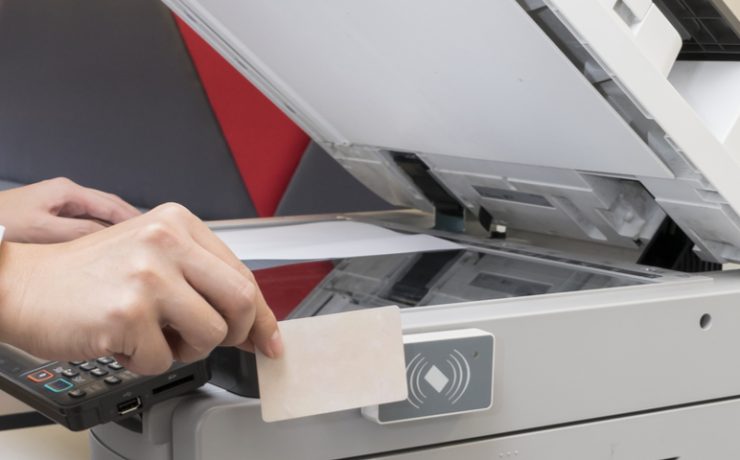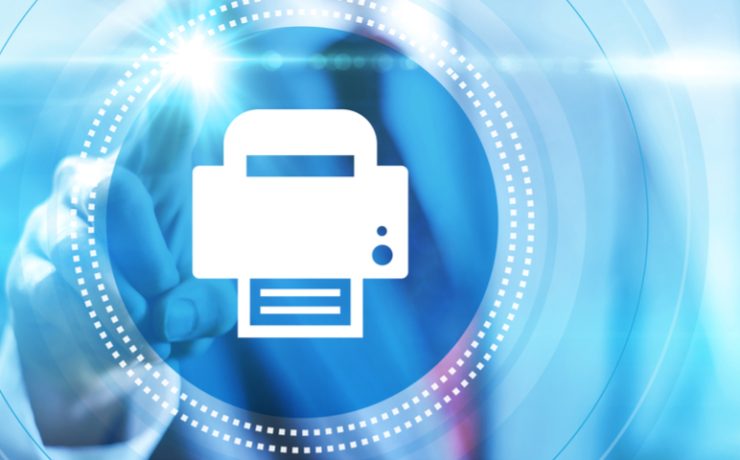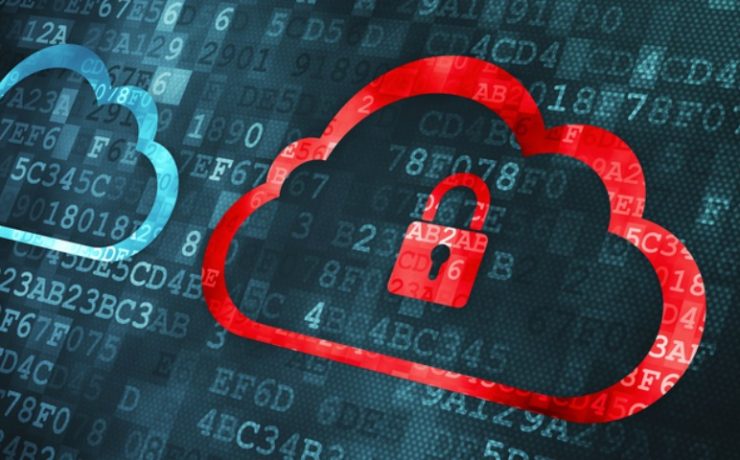
Establishing a Security Plan for Your MFP
Device and network security are two of the most overlooked features of any office, the multifunction printer (MFP) being a common unprotected device. What many business owners don’t realize is how much information is passed through and stored on your devices and networks and how prone they are to a










